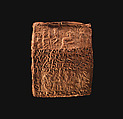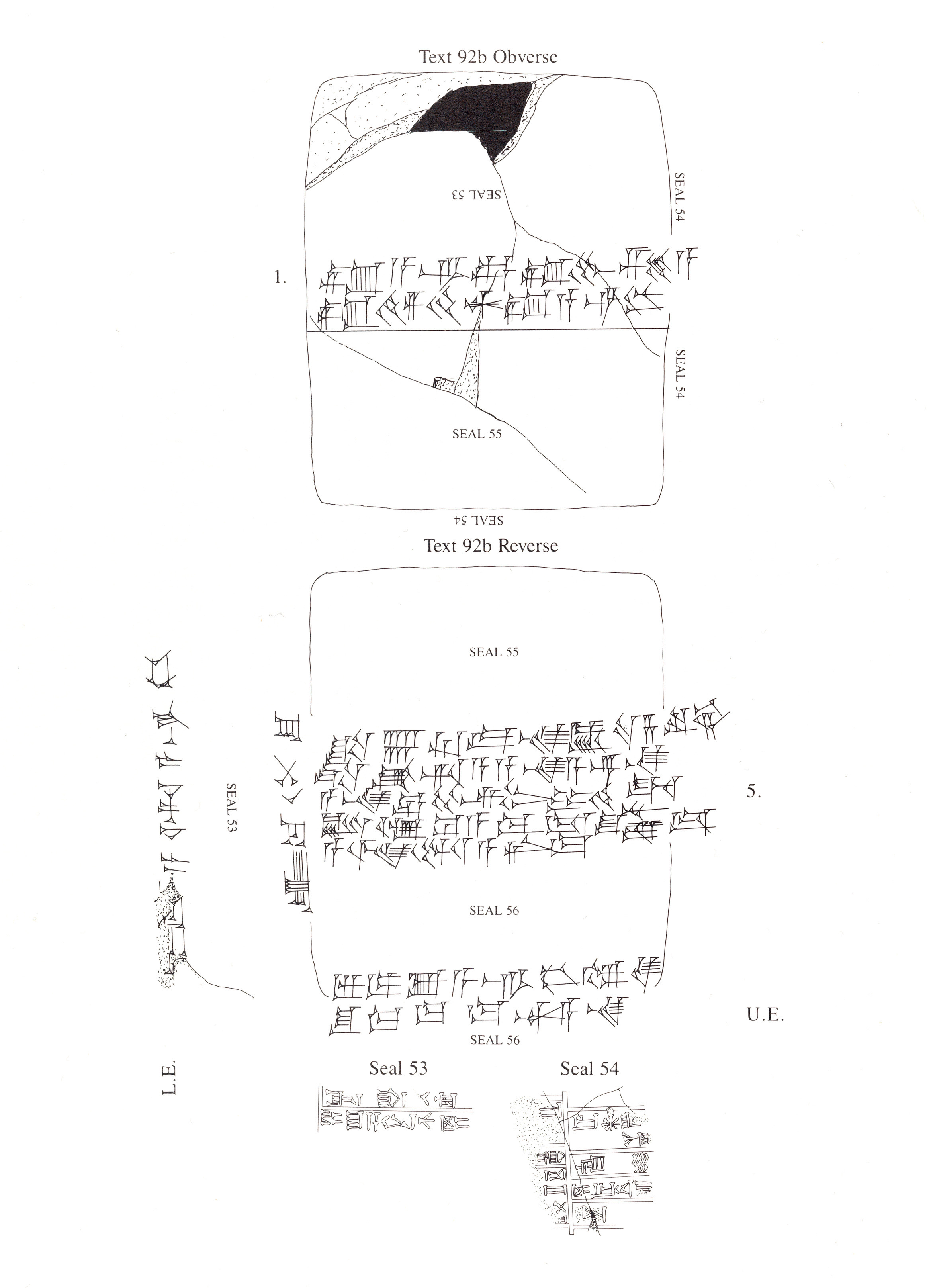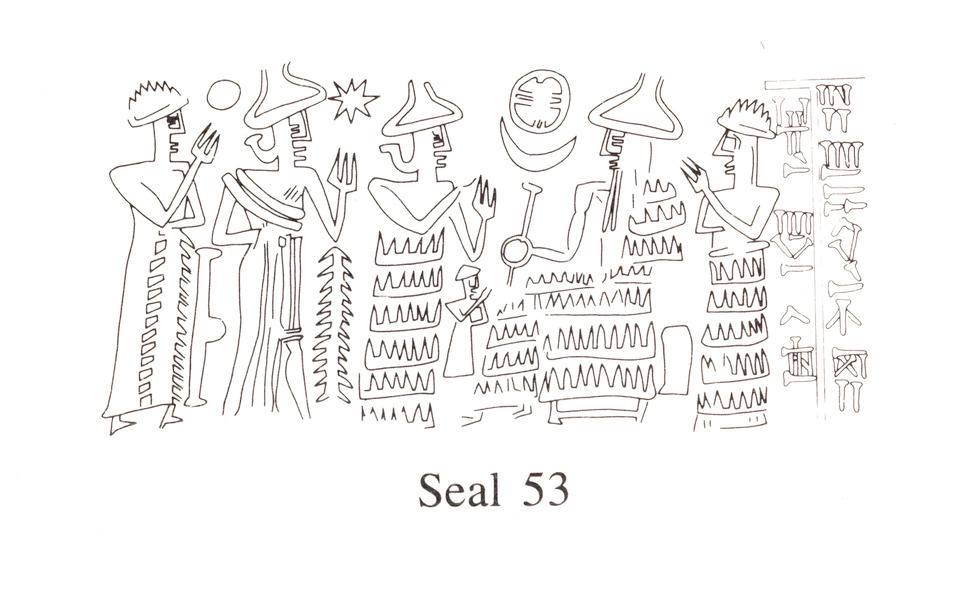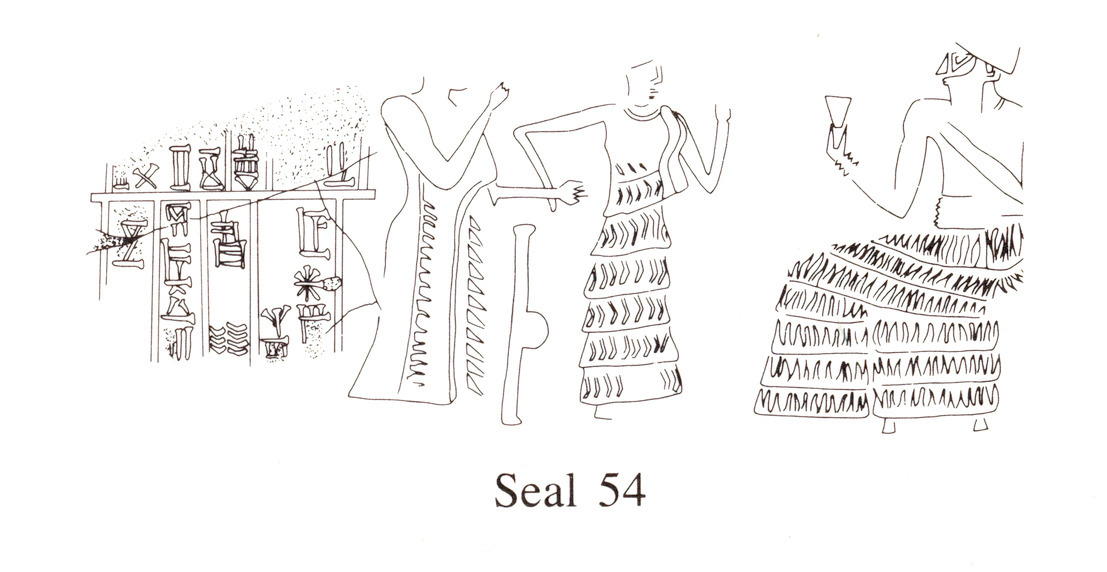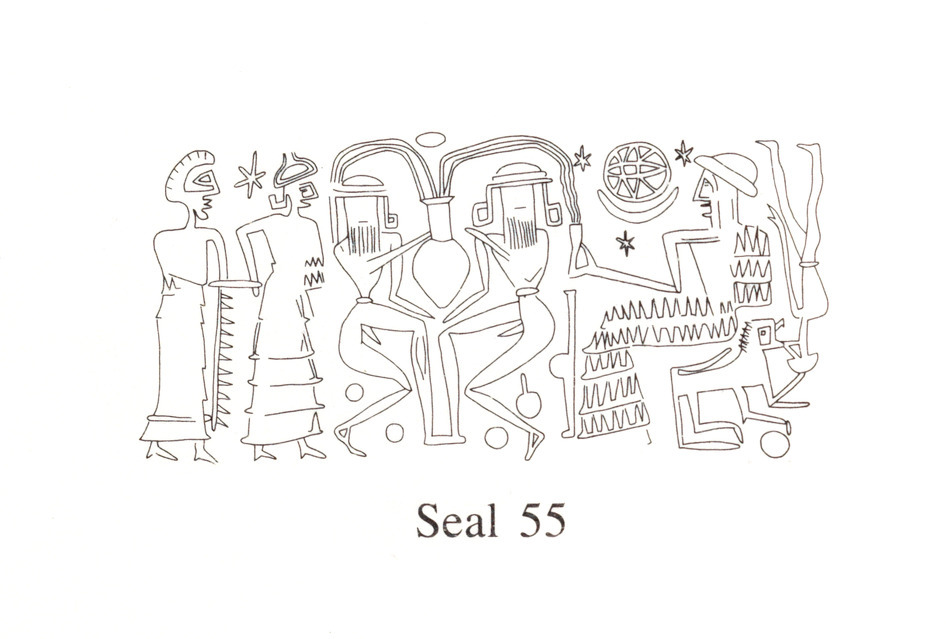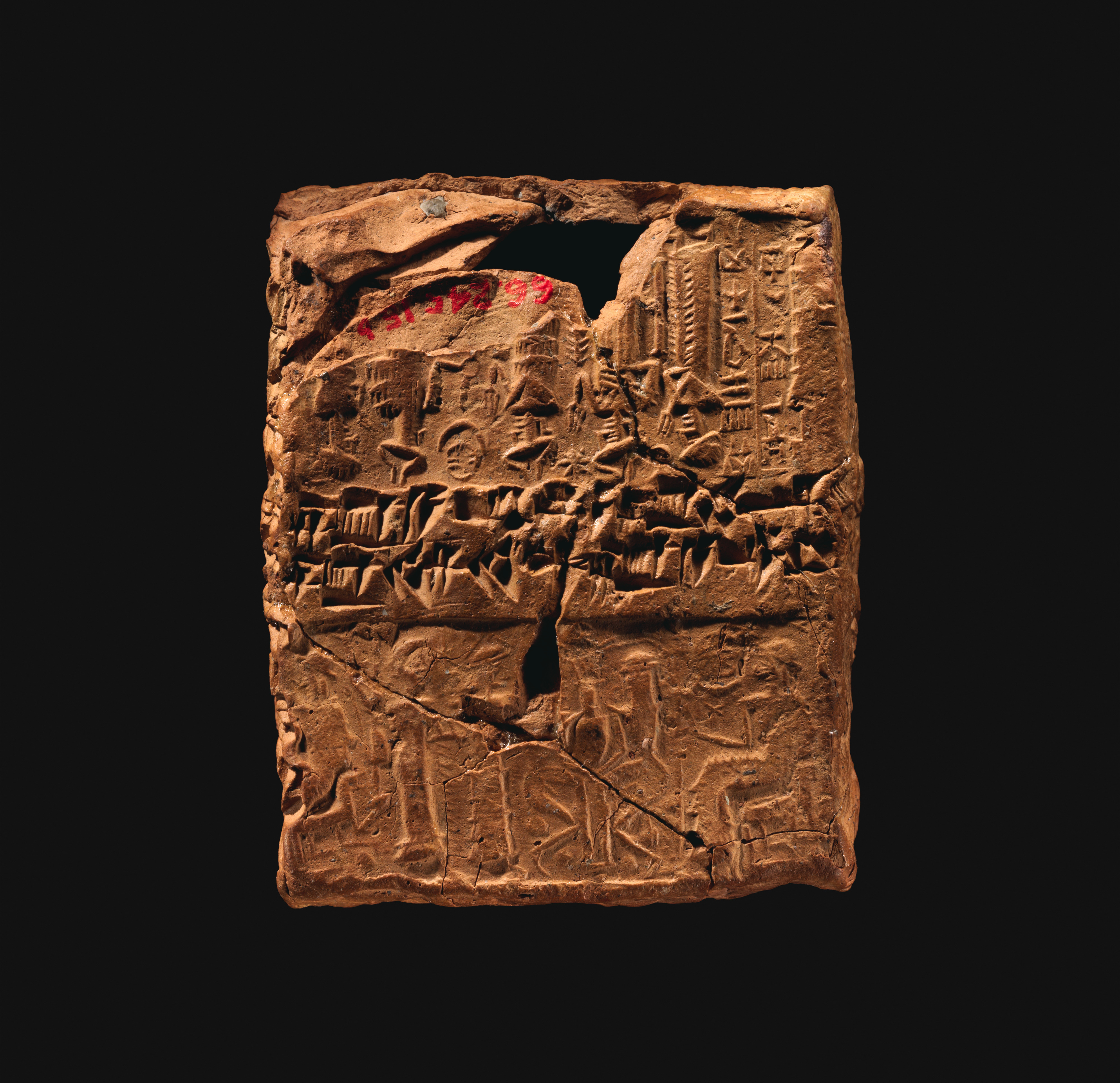Cuneiform tablet case impressed with four cylinder seals, for cuneiform tablet 66.245.15a: quittance
Not on view
Kültepe, the ancient city of Kanesh, was a powerful and cosmopolitan city located in northern Cappadocia in central Anatolia. During the early second millennium B.C., it became part of the network of trading settlements established across the region by merchants from Ashur (in Assyria in northern Mesopotamia). Travelling long distances by donkey caravan, and often living separately from their families, these merchants traded vast quantities of tin and textiles for gold and silver in addition to controlling the copper trade within Anatolia itself. Although the merchants adopted many aspects of local Anatolian life, they brought with them Mesopotamian tools used to record transactions: cuneiform writing, clay tablets and envelopes, and cylinder seals. Using a simplified version of the elaborate cuneiform writing system, merchants tracked loans as well as business deals and disputes, and sent letters to families and business partners back in Ashur. These texts also provide information about the greater political history of Ashur and the Anatolian city-states as well as details about the daily life of Assyrians and Anatolians who not only worked side-by-side, but also married and had children together. At Kültepe, thousands of these texts stored in household archives were preserved when fire destroyed the city in ca. 1836 B.C. and provide a glimpse into the complex and sophisticated commercial and social interactions that took place in the Near East during the beginning of the second millennium B.C.
This case once enclosed a cuneiform tablet (66.245.15a) which recorded the repayment of a loan from Karriya and Ashur-nada. The repayment of 9 ½ minas of silver was made in Kanesh, and because the tablet recording the original details of the loan was still in Ashur, this quittance was written to record completion of the transaction. The tablet is impressed with four cylinder seals belonging to the three witnesses to the loan repayment as well as Assur-tab, the son of Karriya who facilitated in the repayment. The variety of cylinder seals used on the envelope is typical of the artistic creativity and flexibility present at Kültepe. Two of the seals belong to the Old Assyrian stylistic tradition: the first depicts nude belted heroes bearing a flowing vase before a seated deity and the second depicts a procession of divine and human figures before a seated deity. The cuneiform inscription on this seal reads: “Puzur-Ishtar, son of Shu-Anum, the overseer”; a person not actually involved in the transaction. During the Old Assyrian period, seals inscribed with personal names were less common and when present, did not always correlate to the seal owner.
The third impression is from an Anatolian style seal with imagery borrowed from the traditional Mesopotamian presentation scene: a seated figure in a conical cap is approached by a kneeling male holding a bird-headed standard, and a Mesopotamian bull man wrestles a lion by its tail. The scene also includes an Anatolian weather god holding a cup and the reins of the bull on which he stands. Furthermore, the field of the images is filled with numerous animals and animal parts floating at all angles and the figures are rendered in a less linear style than that of the Assyrian tradition.
The fourth impression is from a cylinder seal belonging to a royal official of the Ur III king Ibbi-Sin. The inscription, framed in two registers and written in Sumerian, identifies the original owner of the seal: “Ibbi-Sin, the valiant king, the king of Ur, the king of the four quarters (of the world), Ur-lugal-banda, the scribe, son of Ur-nigin-gar, is your servant.” The image is a presentation scene in which the interceding goddess Lamma leads a worshipper toward the deified king. Ur III-period seals were used by Old Assyrian merchants as heirloom items and in some cases the legend was erased and re-cut with that of the new owner. In this example, the original inscription was left intact.
Due to rights restrictions, this image cannot be enlarged, viewed at full screen, or downloaded.
This artwork is meant to be viewed from right to left. Scroll left to view more.
